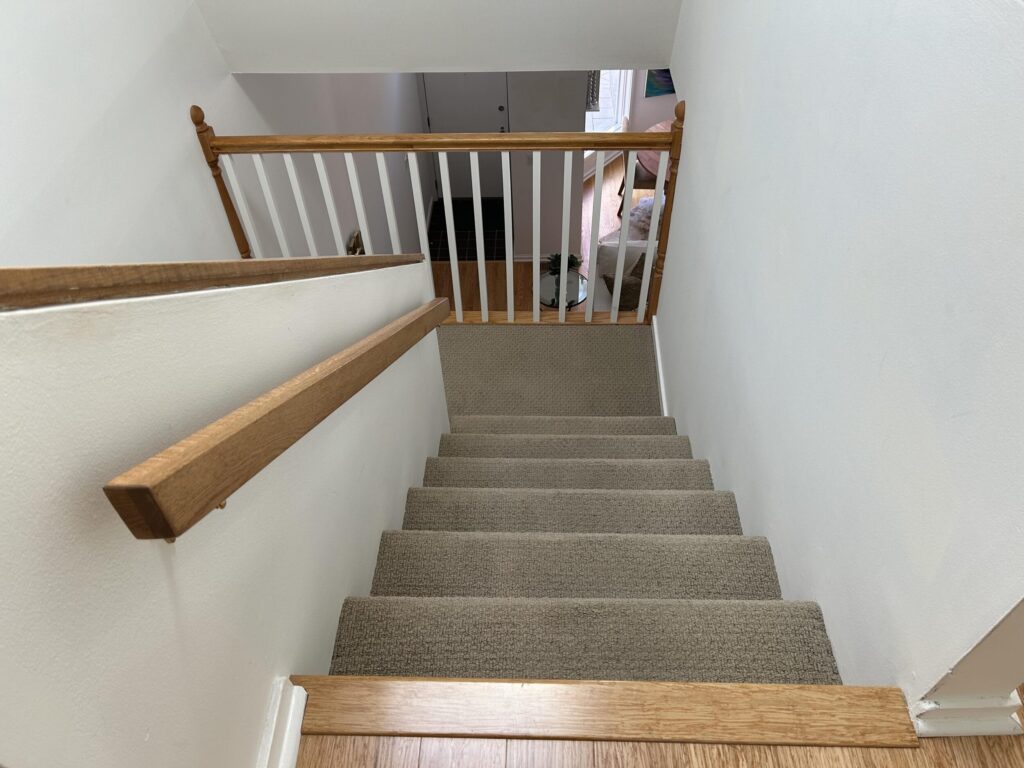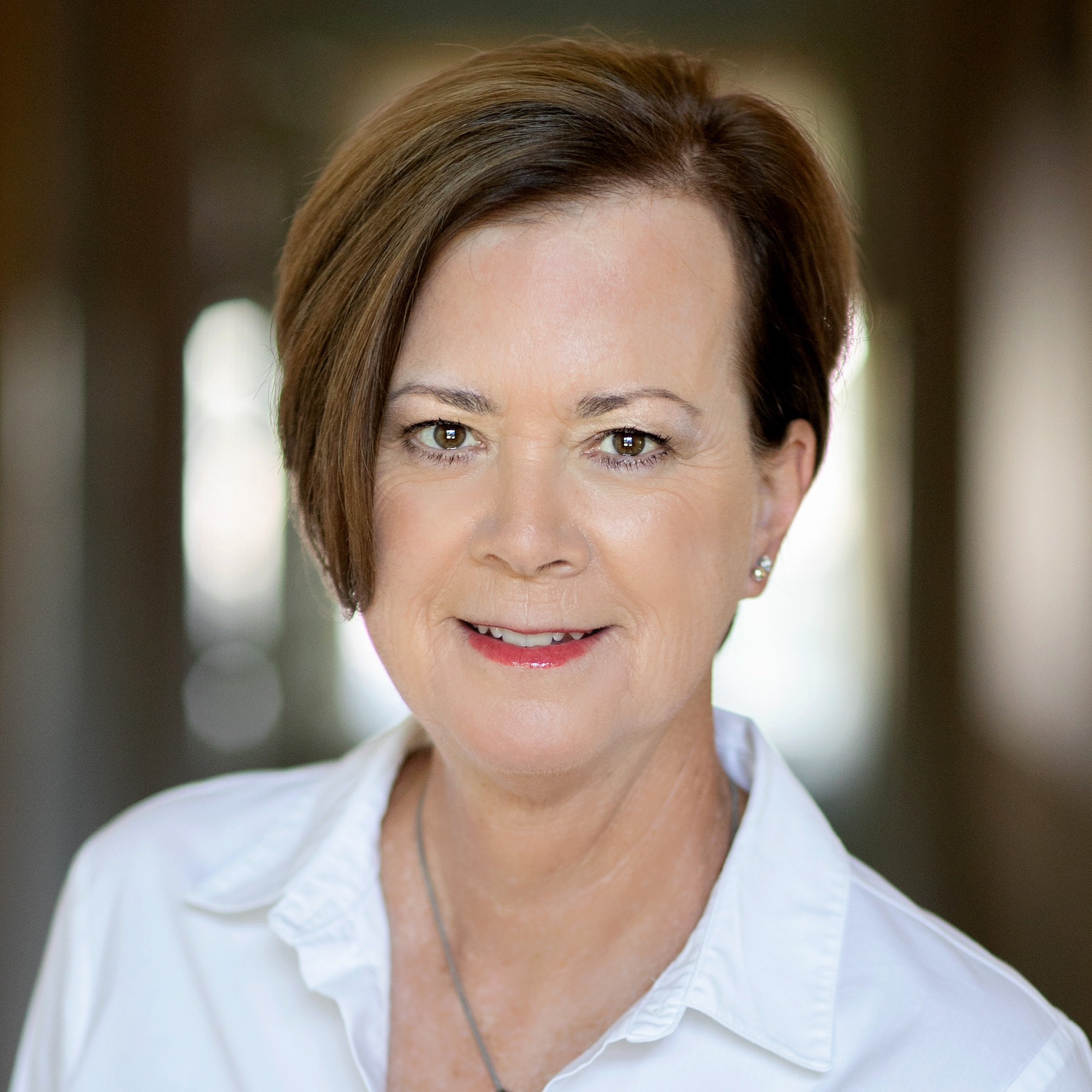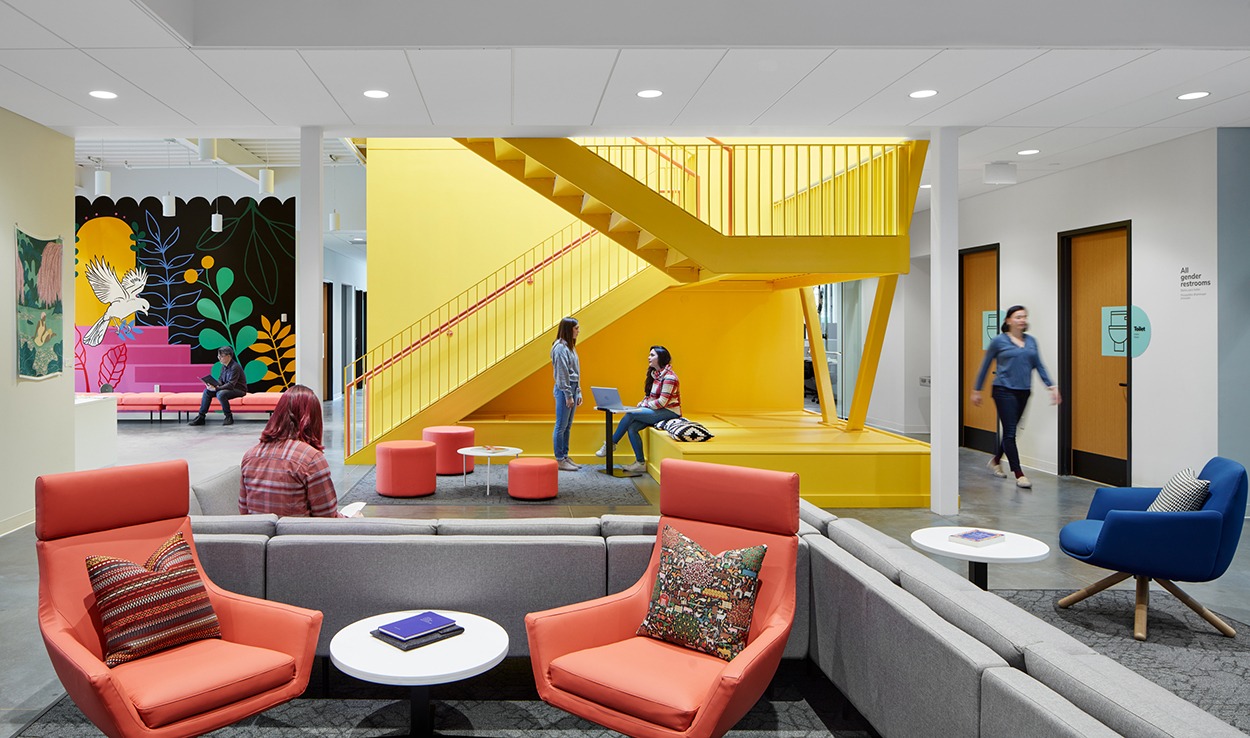Although it seems good in theory, I've often thought aging in place cannot be a good solution for most people.
That's because a lot of people think that aging in place means staying in your family house of many years until you die. Yet, most of our houses are not designed for our frailer, older selves and are a safety hazard.
They have too many stairs. No grab bars in the shower or toileting area. Tub showers instead of walk-ins. The laundry is in the basement or on an upper floor. Lighting might be poor in some rooms. Slippery floors -- or even worse, loose area rugs. Kitchens with hard to reach cabinets. Doors not wide enough for a wheelchair or walker. A detached garage.
You get the picture.
Flaws of the Aging in Place Model
And yes, there are numerous modifications that can be made to existing houses to make them safer and supportive. But, as elder care advocate Laurie Orlov points out in this article about the flaws of the aging in place model, it doesn't solve the issue of the care older folks will need and who's going to provide it.
I have several friends with parents in their 80s and 90s with health issues who refuse to move into an assisted living community. In one case, neither child lives within 500 miles of the parent.
Understandably, these seniors don't want to leave their homes. But in doing so, they are putting the burden on their children to figure out how to take care of them and keep them safe.
A lot of this reluctance has to do with the general public's perceptions of senior living communities. My own father once called the lifeplan community he lives in a "nursing home." And he lives in independent living!
Only for Old People
Perhaps my father felt that way because the many of the people who live in independent living at his community are closer to age 90 than age 70. Many of them also have mobility and health issues.
And my ex-husband, who moved into an independent living community several years ago at age 78 (yes, I married an older man!), moved out within a year because he felt everyone there was old and infirm. But he looked just like them.
So, although it is making strides, the senior living industry continues to grapple with the perception that their communities are only for old people. An emerging trend is to let seniors "age in place" within these communities -- rather than move them to an assisted living or memory care unit.
But will that attract younger, more active seniors? Maybe, if the community is designed to look, feel, and be a place to thrive.
Designing the Right Place
We've segregated our seniors for so long, though. Can active, healthy 60-70+ year olds live with less active, reasonably healthy 80-90+ year olds? In the right place, they can.
Designing the right place is the challenge for the senior living industry.
And of course, one size does not fit all. People have different needs and preferences. And income levels.
Which is why I like the idea of intergenerational models or integrating models like Cozy Homes into existing senior living communities.
It's time for the senior living industry to get ahead of the curve.
P.S. Please do me a favor -- if you liked this post and like this blog, please share it with others by sending them the link or posting it on your LinkedIn, X, or Facebook. Also, don't forget to subscribe, so you'll get emails when new content is posted. Thanks!







